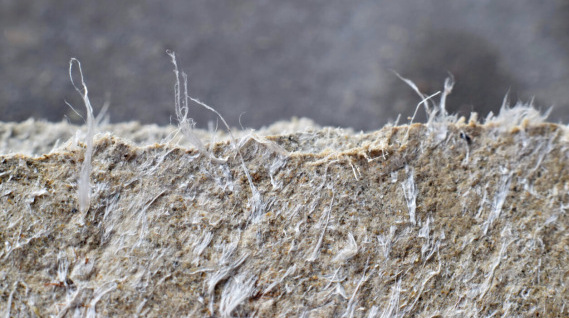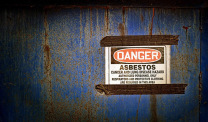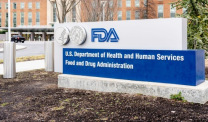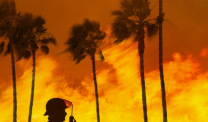Partial Building Collapse Possibly Spread Toxic Asbestos Dust
Asbestos Exposure & BansWritten by Travis Rodgers | Edited By Amy Edel

A 7-story apartment building partially collapsed in the Bronx, leaving behind a 12-foot high pile of debris on the street. An entire corner of the building came crashing down without warning, sending people on the sidewalk running as a cloud of dust engulfed the area. Given the age of the building, it’s likely that the building contained asbestos, which could have spread in the dust cloud.
Firefighters dug through the huge pile of debris for several hours looking for possible victims. No one was found, two people received minor injuries and 136 people were displaced.
“Unfortunately with situations like this asbestos is the last thing on anyone’s mind,” world-renowned specialist in the treatment of malignant pleural mesothelioma Dr. Raja Flores from Mount Sinai Hospital told The Mesothelioma Center. “The firefighters rush in to save people buried in the rubble usually without protective masks. So our heroes are exposed repeatedly since it is rarely a single event but multiple events over years.”
Dr. Flores added, “Thus the workers cleaning up the area and the surrounding residents will continue to be exposed to whatever is in there. At least if they document asbestos, people will know to take precautions. Since asbestos cancer, mesothelioma and lung cancer doesn’t show up until 20 or 30 years after exposure nobody sees it as urgent.”
Dangers of Asbestos Dust
Officials haven’t yet confirmed if asbestos has been discovered at the site. The building at 1915 Billingsley Terrace was built in 1927 and has been undergoing repairs to the facade. Buildings and homes built before the 1980s have a higher possibility of containing asbestos. The carcinogenic mineral is likely to be present in the walls, pipes, cement, floors and tiles of older homes.
Similar to a natural disaster like an earthquake, when building materials containing asbestos are broken, ripped apart or disturbed in any way, asbestos fibers can be released into the air. Breathing in those dangerous fibers can lead to serious health problems in the future. This is one reason why so many first responders like firefighters, law enforcement and military veterans are more likely to be diagnosed with mesothelioma.
On a large scale the 9/11 tragedy caused a toxic cloud of debris, chemicals and dust that remained over lower Manhattan several months after both World Trade Center towers fell. More than 20 years later, more people have now died from health conditions related to toxin exposure from the dust and debris than in the attack itself according to the World Trade Center Health Program. Respiratory diseases and cancer are blamed for causing the most deaths to 9/11 first responders.
Short-Term Asbestos Exposure
No amount of asbestos exposure is considered safe. Breathing in dust or being near debris that may contain asbestos for less than a few days is called short-term asbestos exposure. The risks of developing a health issue following short-term asbestos exposure is low.
Asbestos exposure over the course of several years is typically responsible for asbestos-related disease. The majority of cases of mesothelioma and asbestosis can be linked to occupational asbestos exposure. Family members of a person working around asbestos can also become ill through secondhand asbestos exposure when asbestos dust is brought home on clothes or gear.
A trend called urban exploration that involves people going inside abandoned buildings, factories, bridges or towers and sometimes taking pictures could also potentially pose a risk of short-term asbestos exposure. Explorers should always wear respirators and protective clothing while getting a close look at empty structures.






